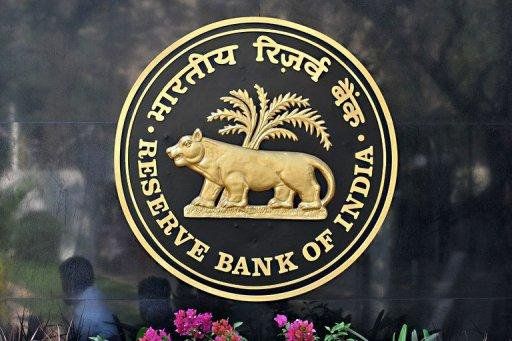The RBI has finally accepted the current severe situation by becoming “less accommodative,” although keeping the policy repo rate steady by a unanimous vote.
The central bank has dealt with this by providing a new instrument called the SDF (standing deposit facility), which allows it to better control liquidity.
Also Read| How inflation affects RBI’s interest rate policy
Even as it progresses toward normalisation, the RBI has stated that it will continue to take a nuanced and agile approach to liquidity management.
The RBI’s “less accommodative” approach is due to the fact that high inflation has returned in full force.
Also Read| Explained: Difference between RBI’s accommodative, neutral & hawkish stance
Inflation has re-captured the attention of policymakers. The central bank’s principal task is to keep it in check. Its major goal is to maintain price stability.
The central bank’s accommodative stance indicates that it is willing to increase the money supply in order to stimulate economic growth. During an accommodative policy phase, the central bank is willing to lower interest rates.
Also Read| China’s Q1 GDP grows 4.8% year on year, beating expectations
The possibility of a rate hike has been ruled out. For the past two years, the Reserve Bank of India (RBI) has maintained an accommodative approach in order to sustain the economy through the COVID-19 crisis.
When growth requires policy support but inflation is not an immediate worry, the central bank normally adopts an accommodative policy.
Also Read| How India’s new crypto tax impacts investors
On the inflation front, things aren’t looking good. Retail inflation increased to a 17-month high of 6.95% in March from 6.07% in February, according to official data released on April 12. High food costs pushed retail inflation to a 17-month high of 6.95% in March.
The Consumer Price Index (CPI) inflation figure for March is significantly higher than the average forecast. Economists polled by Reuters projected CPI inflation to jump to 6.35%.
Also Read| Sugar stocks rush: Why Indian investors are high on ethanol
The new inflation data backs up the monetary policy committee’s (MPC) assessment that persistently rising inflation is a greater concern for policymakers in the future.
The MPC has a responsibility to keep inflation in the 2-6% range, and if it fails to do so for three quarters in a row, it will have to explain to Parliament why it failed to do so.
Also Read| Why US inflation is going up and when will it come down
The RBI has lowered its inflation forecasts for Q3 and Q4 to 5.4% and 5.1%, respectively. The central bank has made it clear that it intends to be data-driven.
It is currently believed that a combination of high crude prices, Fed tightening, and a Covid-related slowdown in China will lower global demand and thus commodities prices beginning in June.
Also Read| RBI keeps lending rates unchanged: What are repo and reverse repo rates?
If no evidence of this is found by June, the central bank is likely to switch to a neutral stance in July and raise the repo rate in August.







